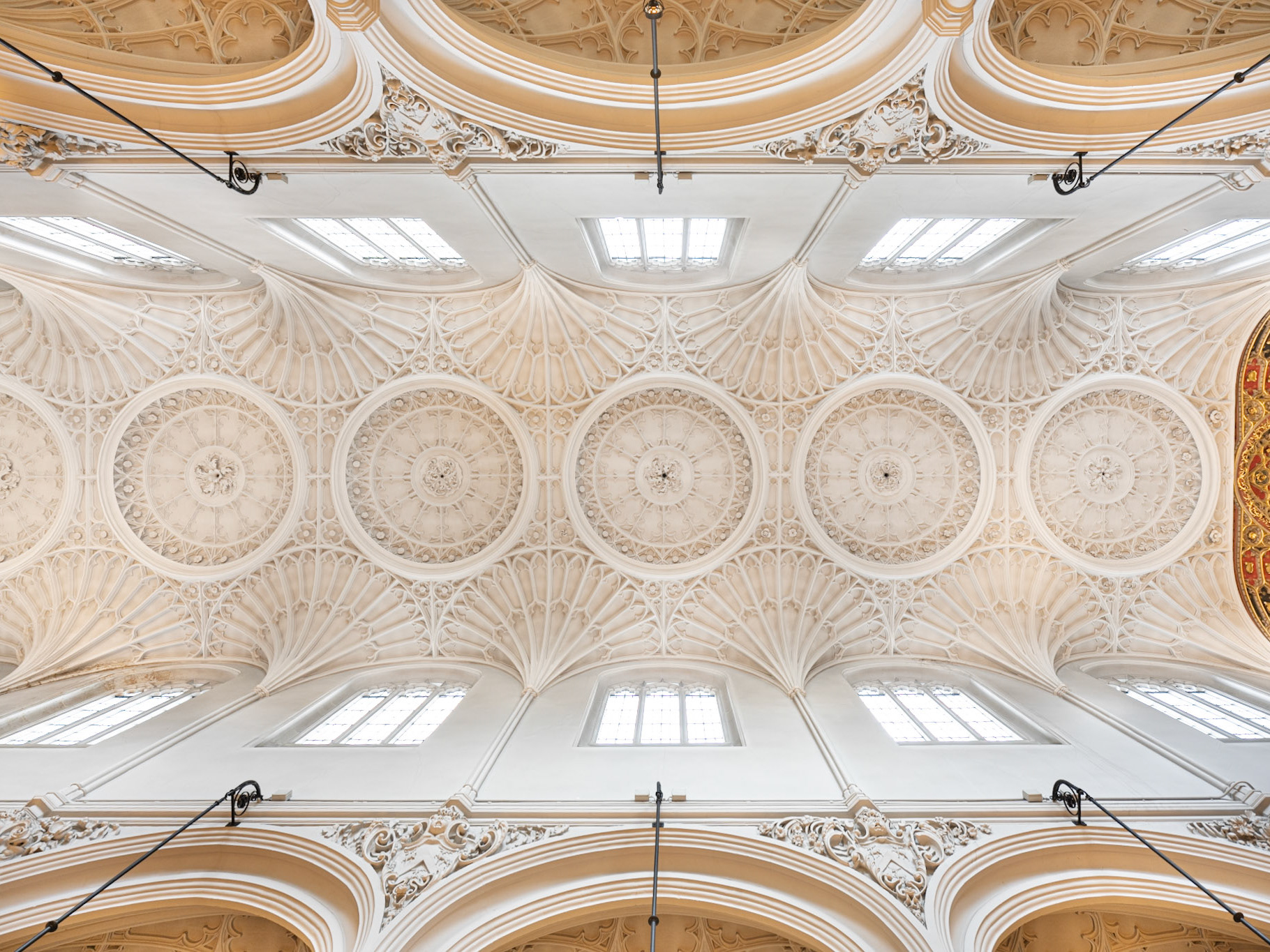
St Mary Aldermary
London
after 1666
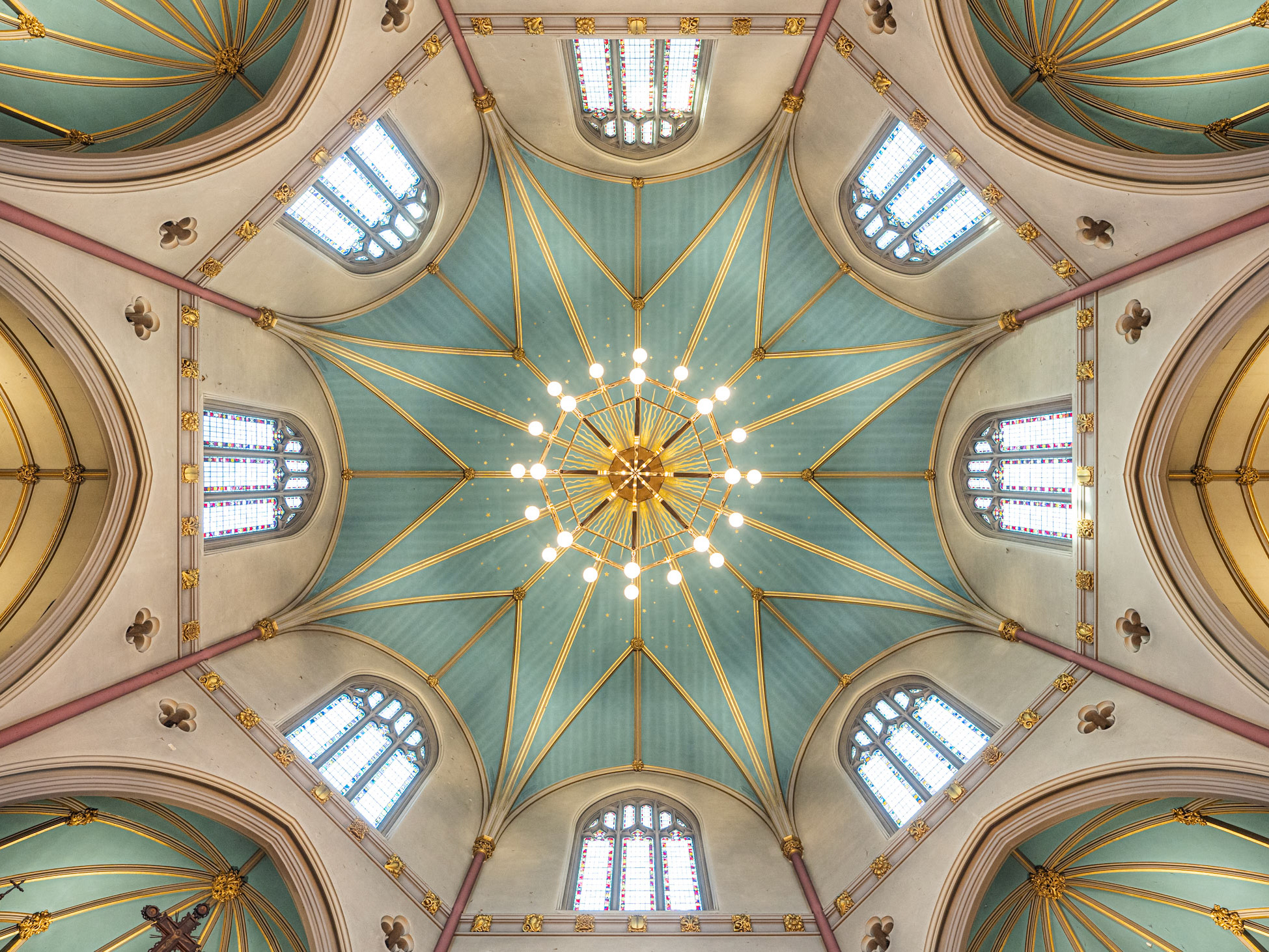
St Dustan-in-the-West
London
1830s

Napoleonmuseum
Salenstein
1817, chapel 1832
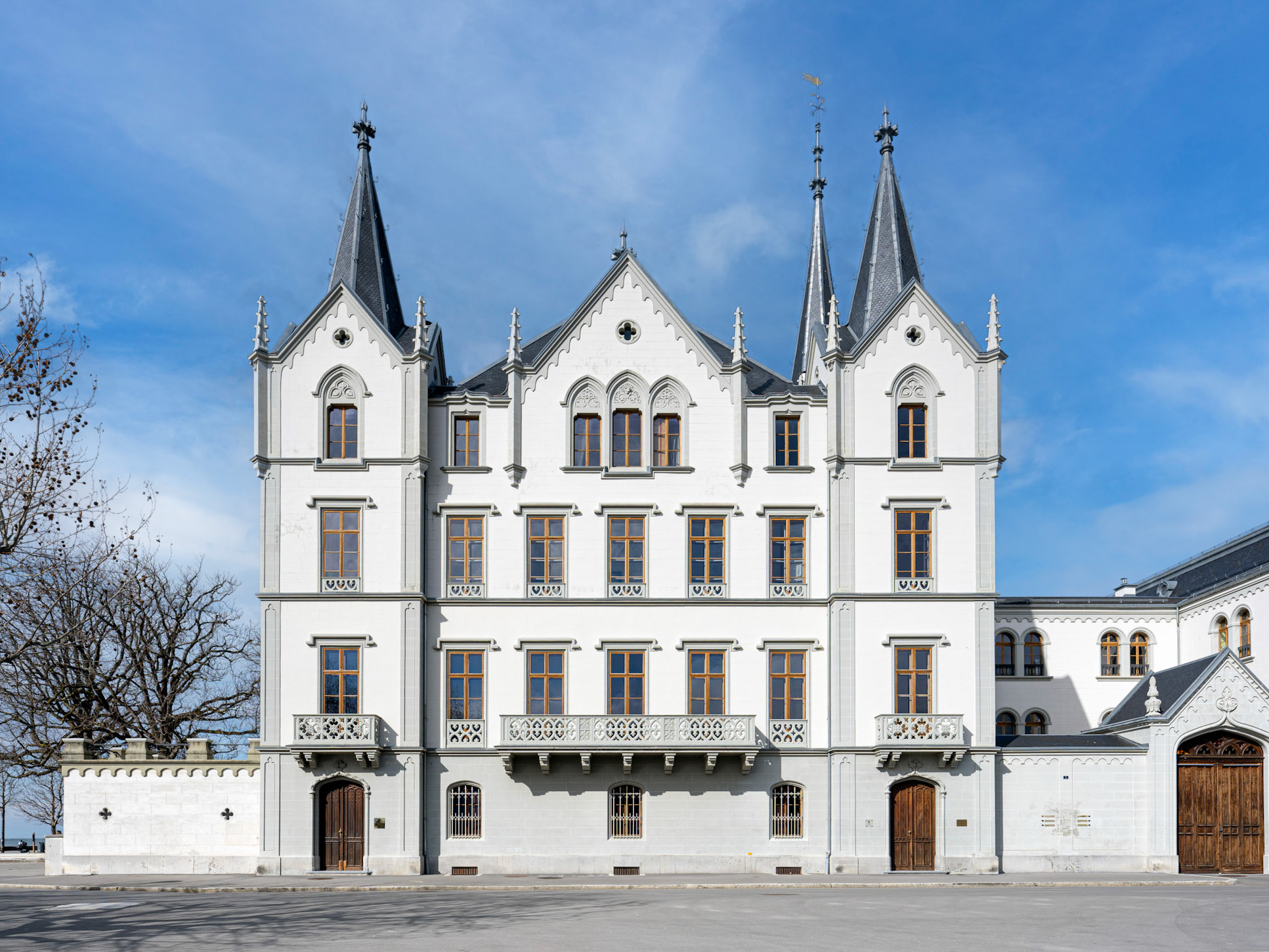
Château de l'Aile
Vevey
1840 - 1846

Palace of Westminster
London
1840 - 1876
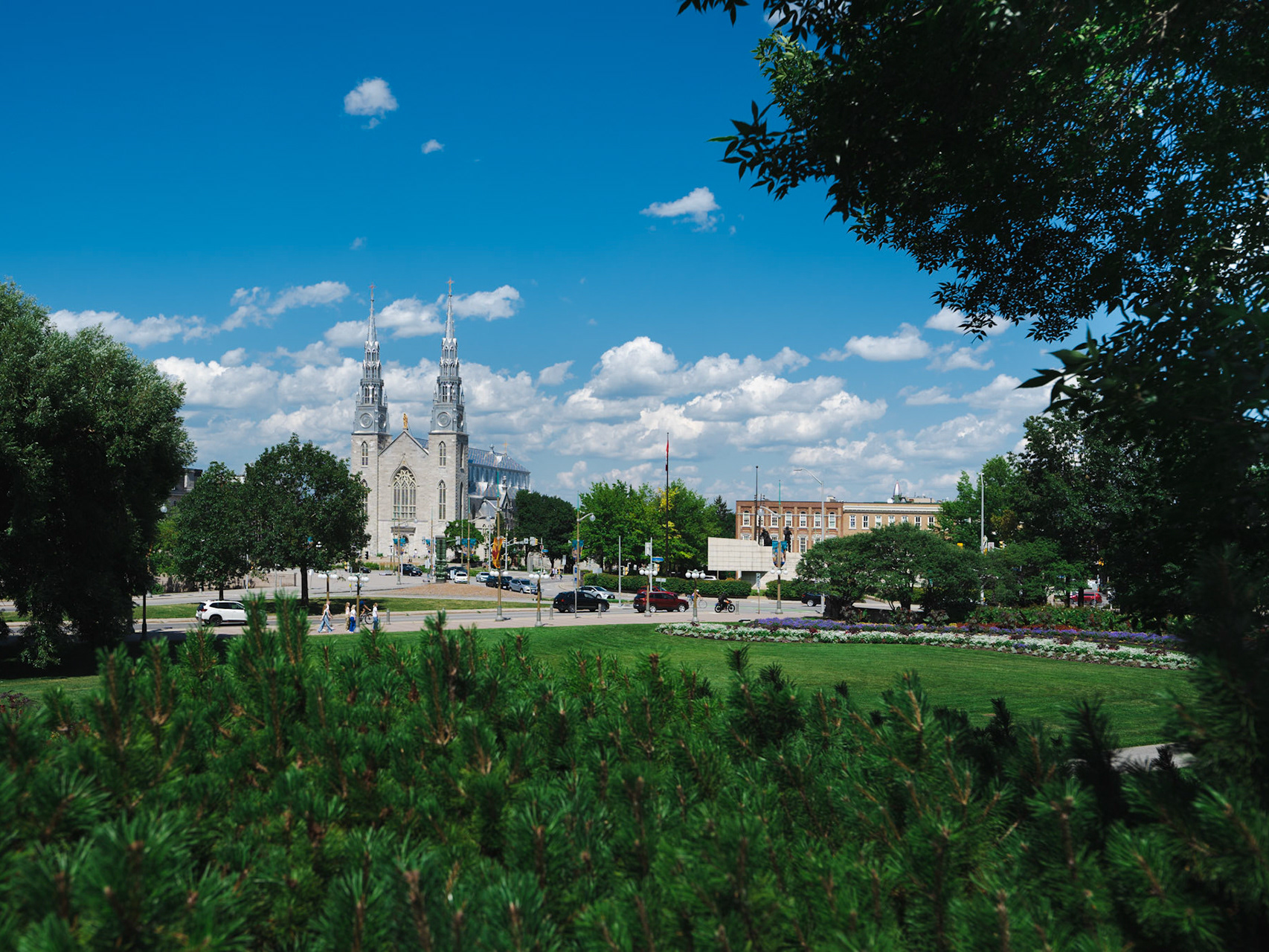
Notre-Dame Cathedral Basilica
Ottawa
1841
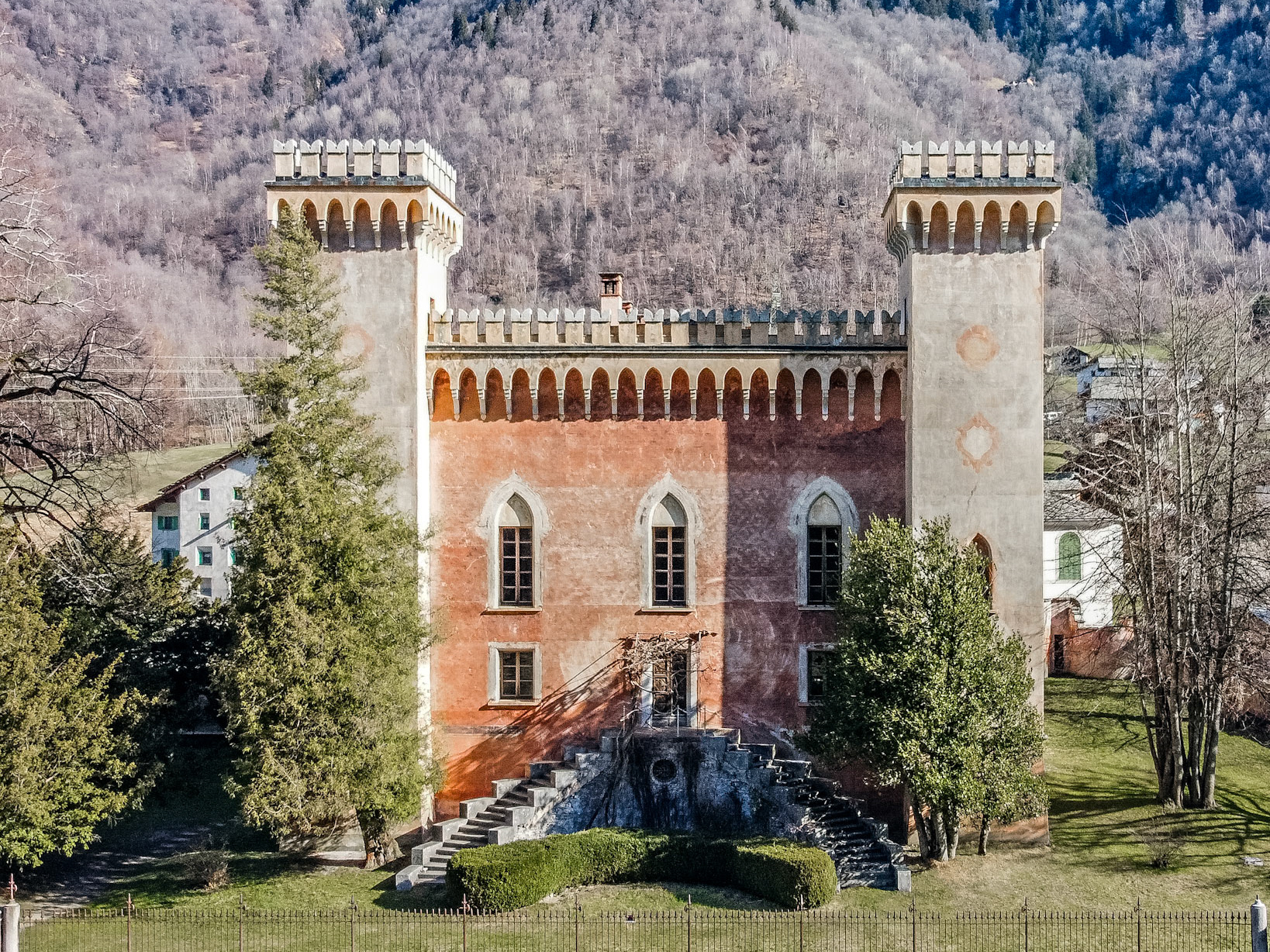
Palazzo Castelmur
Stampa, Val Bregaglia
1723
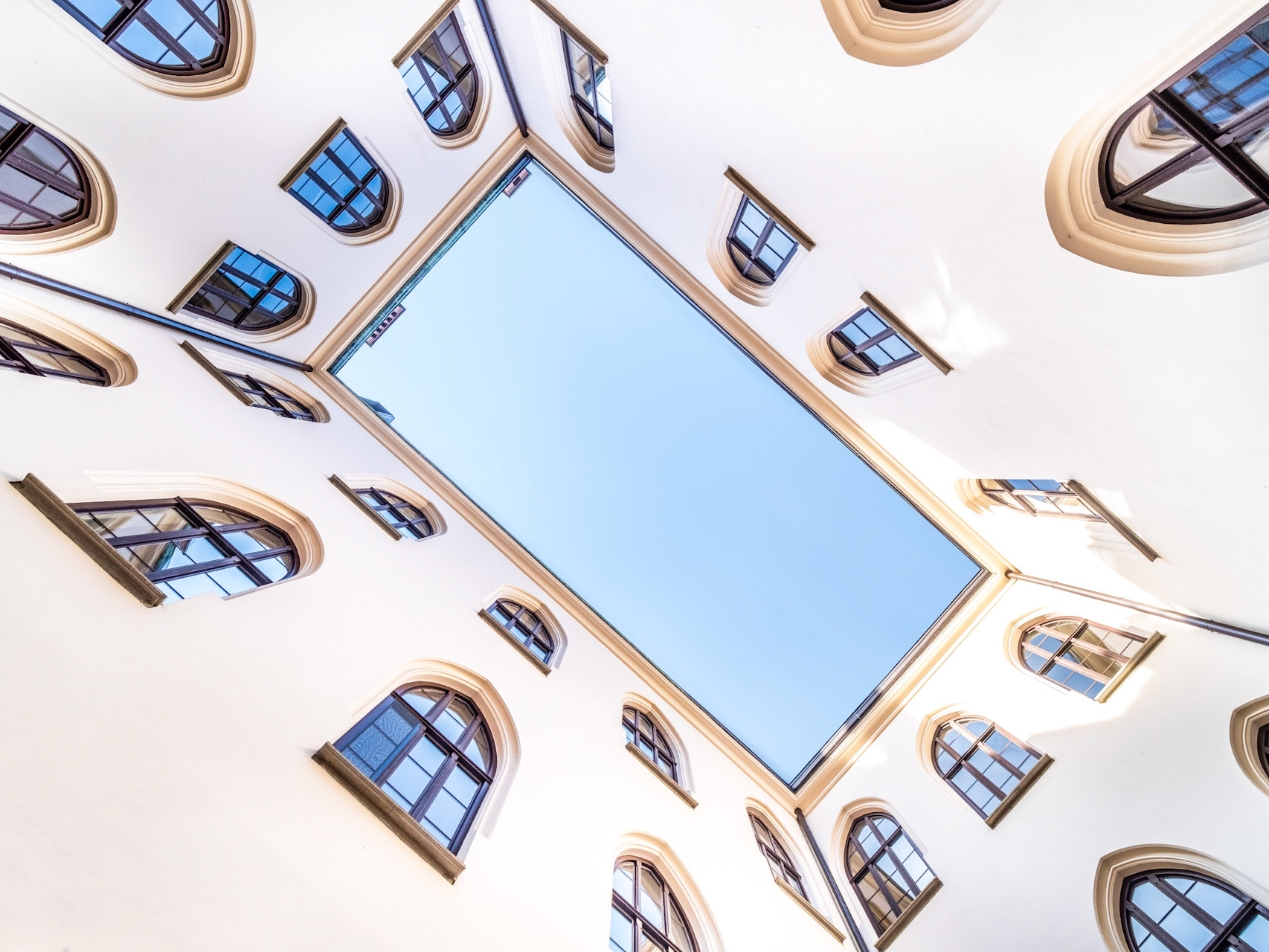
Collegium Novum
Kraków
1873 - 1887
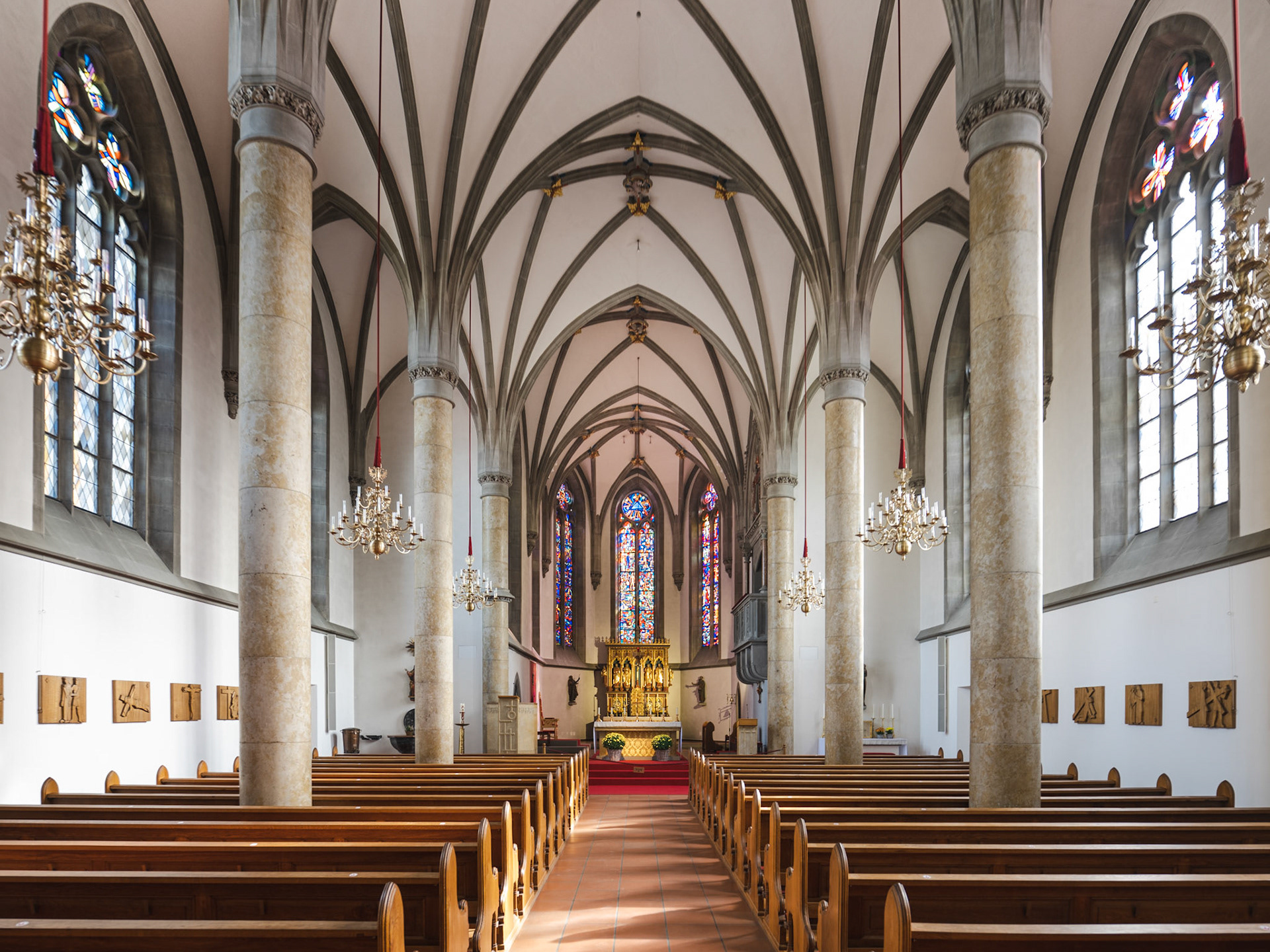
St. Florinskirche
Vaduz
1874
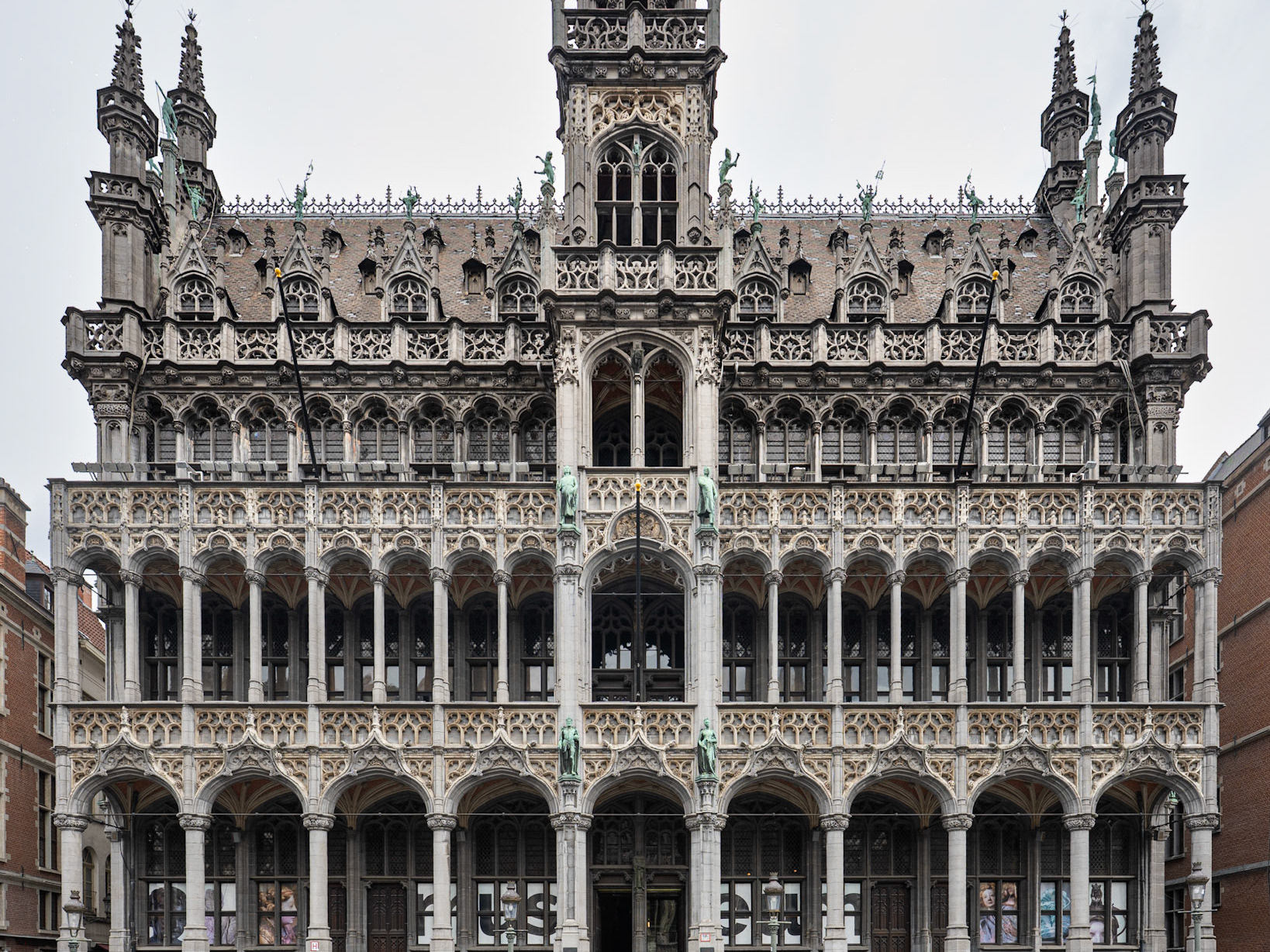
Musée de la Ville de Bruxelles
Bruxelles
1874 - 1896
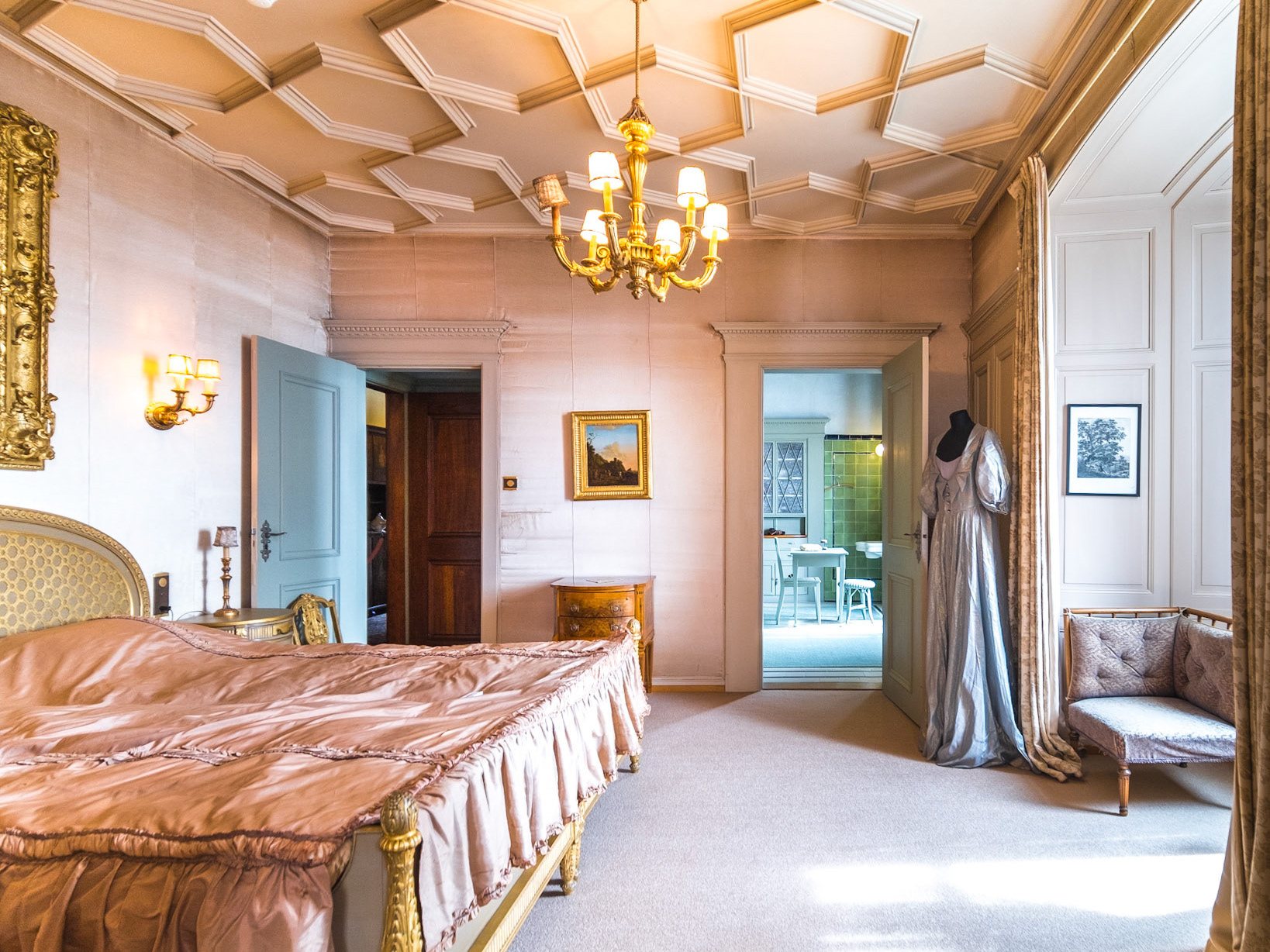
Schloss Meggenhorn
Meggen
1868 - 1870, chapel 1886

Château d'Ouchy
Lausanne
1888 - 1893
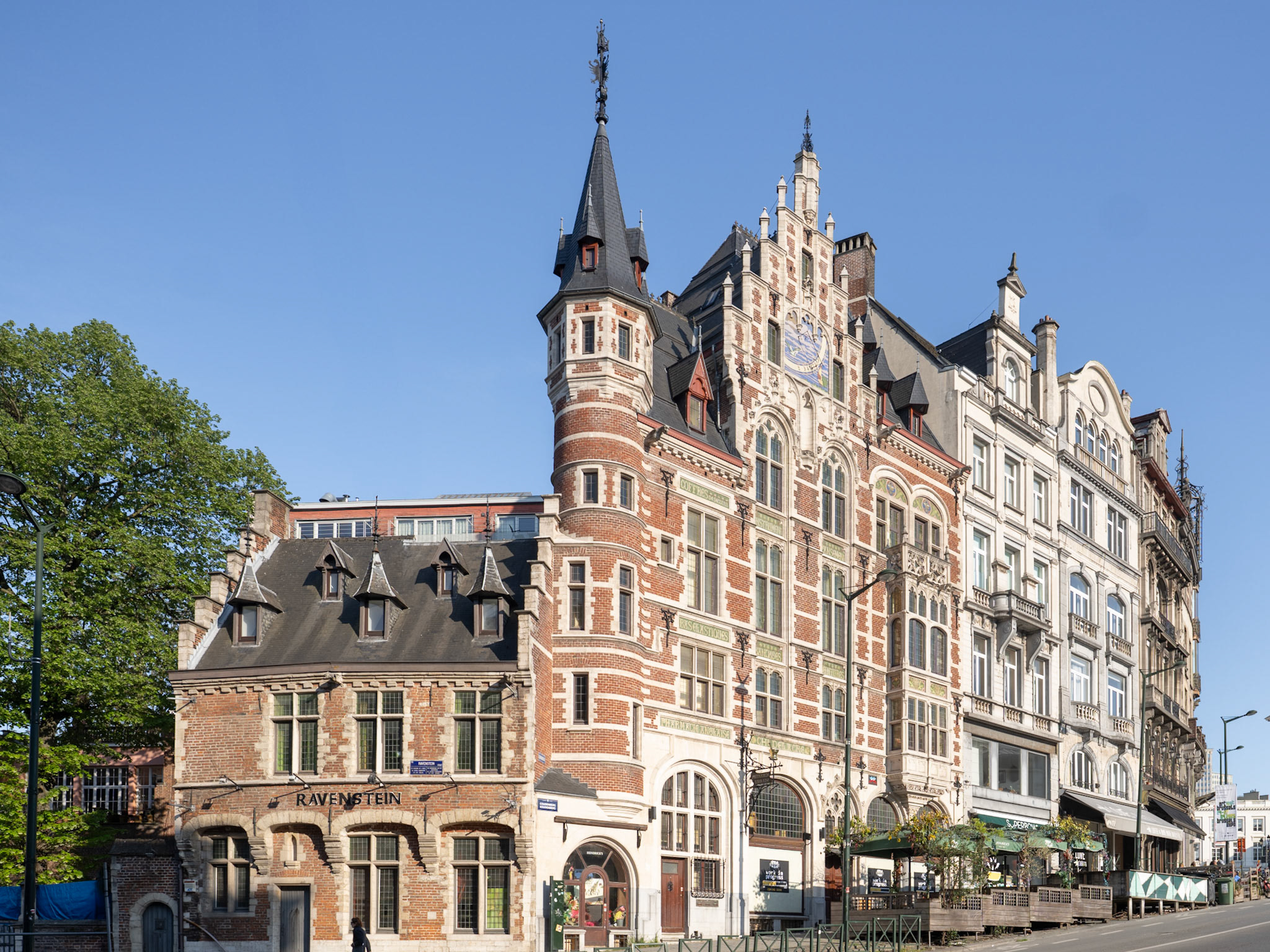
Pharmacie Delacre
Brussels
1898 - 1900
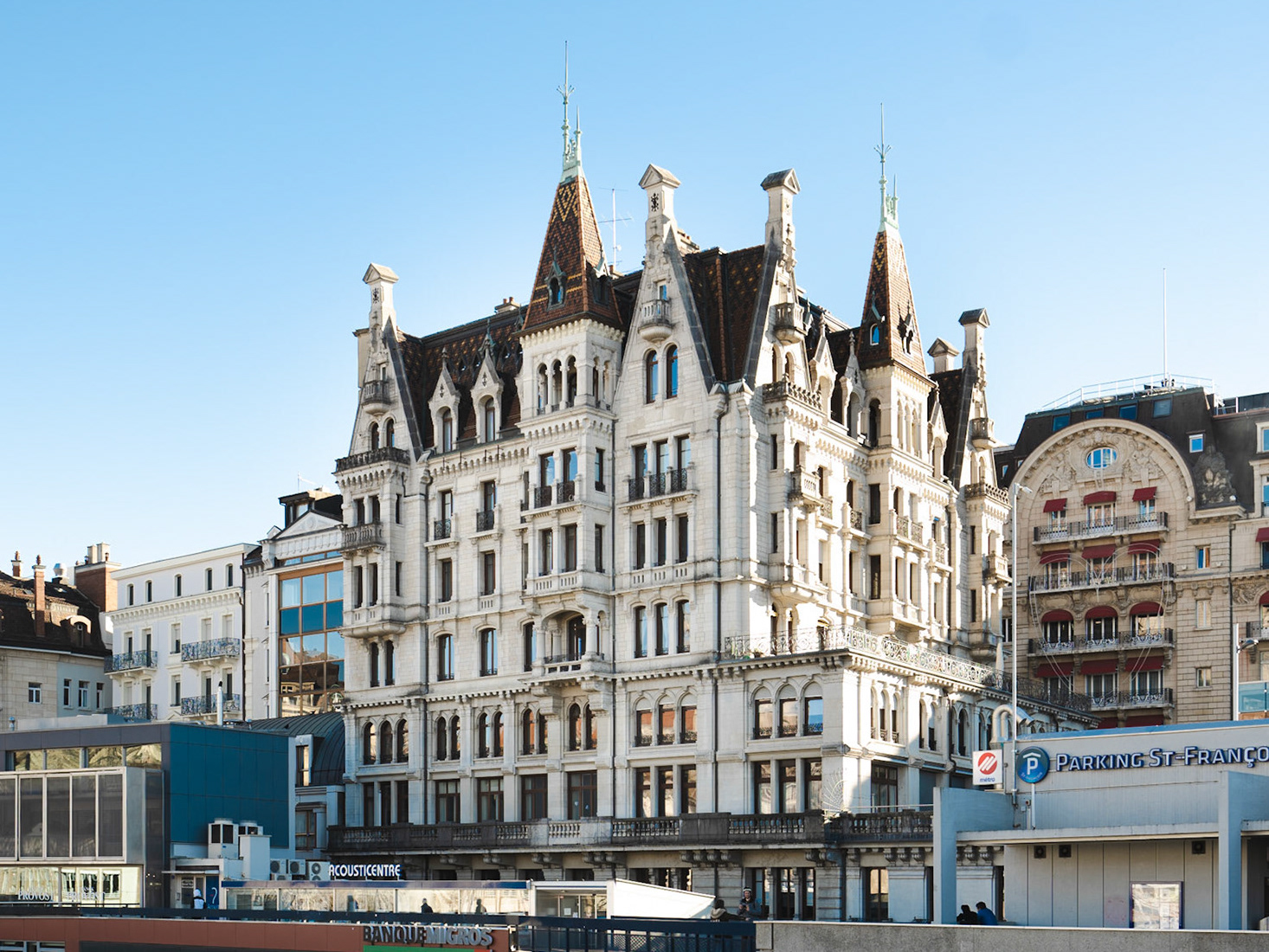
Maison Mercier
Lausanne
1900
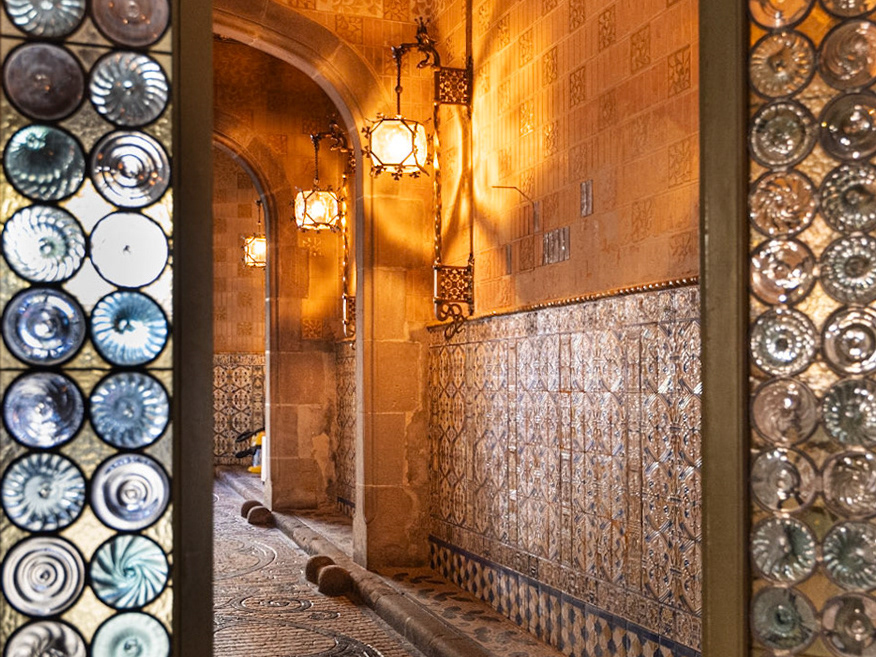
Palau Baró de Quadras
Barcelona
1904 - 1906